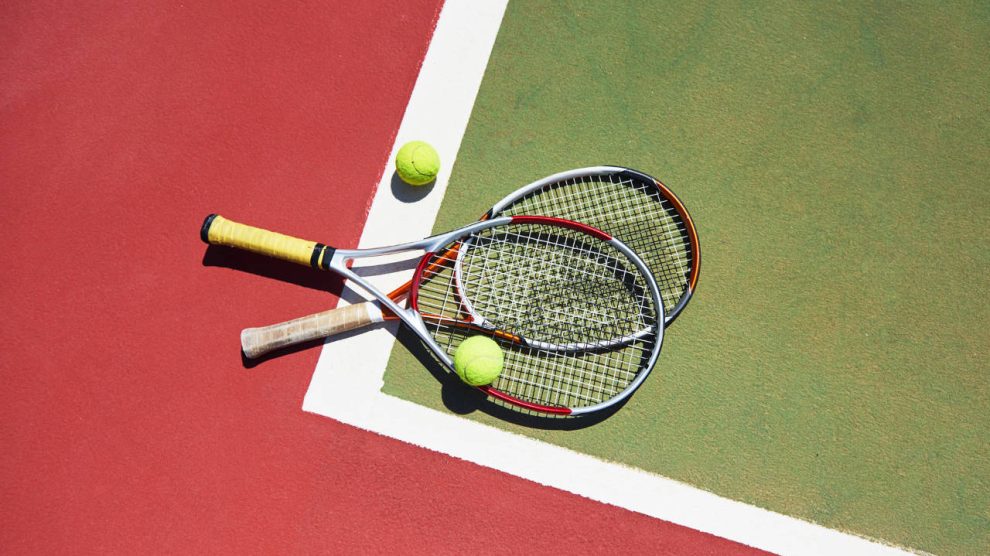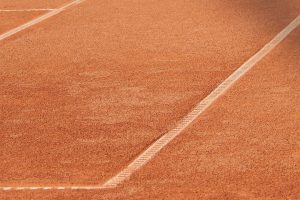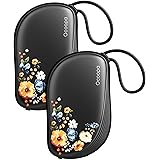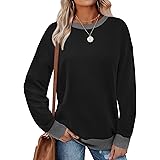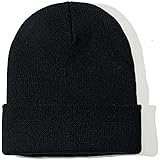So you’ve decided it’s time for a new tennis racket. Maybe your old one finally gave up after years of faithful service, or perhaps you’re just starting your tennis journey and staring at a wall of rackets wondering where to begin. Either way, you’re in the right place.
Here’s the thing about tennis rackets: they’re not one-size-fits-all. What works for your doubles partner might feel like swinging a frying pan for you. The racket that helped Serena dominate would probably send a beginner’s shots flying into the next county. Finding the right racket is personal, and it can genuinely transform your game.
Let’s break down everything you need to know to find your perfect match (pun absolutely intended).
Know your playing level first
Before you even think about brands or price tags, you need to be honest about where you are as a player. This isn’t about ego—it’s about physics and performance.
Beginners need rackets that are forgiving. You’re still working on consistency, so you want a racket with a larger head size (think 100-110 square inches) and a lighter weight. These rackets have a bigger “sweet spot,” which means even if you don’t hit the ball perfectly centered, you’ll still get decent power and control. They basically help you play better than you actually are and that’s a good thing when you’re learning.
Intermediate players who’ve got the basics down and are working on adding spin and precision to their shots should look at mid-plus sized heads (98-100 square inches). You’ve developed enough technique that you don’t need as much help from the racket, and you’re ready for equipment that gives you more control over shot placement.
Advanced players typically prefer smaller head sizes (95-98 square inches) and heavier rackets. Why? Because at this level, you’re generating your own power through technique, and you want maximum control and feel. These rackets don’t forgive mistakes, but in skilled hands, they’re surgical instruments.
Weight matters more than you think
Racket weight is measured in grams or ounces, and even small differences can dramatically change how a racket performs—and how your arm feels after two hours on the court.
Light rackets (250-285 grams or 8.8-10 ounces) are easier to swing and maneuver. They’re great for beginners, junior players, or anyone who wants less strain on their arm and shoulder. The downside? Less stability when hitting powerful shots, and you might get pushed around by harder hitters.
Medium weight rackets (285-310 grams or 10-11 ounces) offer the best balance for most recreational players. You get enough weight to add power to your shots without exhausting yourself during longer matches.
Heavy rackets (310+ grams or 11+ ounces) provide maximum stability and power, but they require good technique and physical strength to use effectively. If you’re not conditioned for it, a heavy racket can lead to tennis elbow and other arm problems.
Pro tip: Hold the racket like you’re about to hit a forehand and keep your arm extended for 30 seconds. If it starts feeling really heavy, go lighter. Your arm will thank you later.
Head size: the sweet spot situation
We mentioned this briefly, but it deserves its own section because head size affects almost everything about how a racket plays.
- Oversized heads (105-115 square inches) are like having training wheels—in a good way. That massive sweet spot means more forgiveness on off-center hits, and the larger area generates more power naturally. Perfect for beginners or players with shorter, compact swings.
- Mid-plus heads (98-104 square inches) are the most popular among club-level players. They offer a nice balance between power and control. You get a decent sweet spot without sacrificing too much precision.
- Mid-size heads (93-97 square inches) are for players who prioritize control and feel over power. The smaller hitting area demands better technique, but rewards you with incredible shot-making ability. Think of it as the difference between a pickup truck and a sports car—one is easier to drive, the other is more responsive.
Balance and feel: where’s the weight?
Every racket has a balance point, and where that weight sits along the frame changes everything about how it swings.
Head-heavy rackets have more weight toward the top of the frame. This creates a “whip” effect that generates extra power, especially on serves and groundstrokes. The trade-off? They can feel clunky at the net and harder to maneuver quickly. These work well for baseline players who hit big groundstrokes.
Head-light rackets have more weight in the handle. They feel much easier to swing and are fantastic for players who like to come to the net or hit volleys. You sacrifice some power, but gain incredible maneuverability. Serve-and-volley players love these.
Evenly balanced rackets sit somewhere in the middle—literally. They’re versatile all-court rackets that don’t specialize in anything but don’t have glaring weaknesses either.
Grip size: don’t overlook this!
Grip size seems like a minor detail, but grab the wrong size and you’ll know it after one set. Too small and you’ll be gripping too tightly, leading to arm fatigue and potential injury. Too large and you can’t get a proper grip, which affects your shots.
Here’s a simple test: Hold the racket in your dominant hand like you’re shaking hands with it. You should be able to fit the index finger of your other hand in the gap between your fingertips and palm. If you can’t fit your finger, the grip is too small. If there’s tons of extra space, it’s too large.
Grip sizes typically range from 4 inches to 4 5/8 inches in circumference. Most adult men use 4 3/8 or 4 1/2 inches, while most adult women use 4 1/4 or 4 3/8 inches. But everyone’s different, so always test it yourself.
Remember: you can always make a grip bigger with an overgrip, but you can’t make it smaller.
String pattern: the spin factor
The string pattern refers to how the strings are arranged and that’s absolutely relevant because it affects spin, power, and durability.
Open string patterns (like 16×19) have bigger gaps between strings. This allows the strings to move more when you hit the ball, which generates massive spin. These patterns also provide more power but wear out faster because the strings move and rub against each other more.
Dense string patterns (like 18×20) have strings closer together. This gives you more control and durability, but less spin potential. Advanced players who hit with heavy topspin naturally often prefer these because they don’t need help generating spin.
Most recreational players do well with a 16×19 pattern—it’s the sweet spot for spin, power, and string durability.
Material matters: what’s the tennnis racket made of?
Modern rackets are primarily made from graphite or graphite composites. These materials are light, strong, and can be engineered for specific playing characteristics.
Some rackets add materials like titanium, Kevlar, or tungsten to adjust the weight, stiffness, or vibration dampening. Generally speaking, unless you’re a serious competitive player, the specific materials matter less than the overall specs we’ve already discussed.
What does matter is frame stiffness. Stiffer frames provide more power but transmit more shock to your arm. Flexible frames offer better feel and are easier on your arm but require you to generate your own power. If you have any history of tennis elbow, lean toward a more flexible frame.
How much should you spend on a racket? The price vs. performance discussion
Here’s some real talk: expensive doesn’t always mean better for you.
Budget rackets ($50-$100) are perfectly fine for beginners or casual players who hit the court a few times a month. You don’t need pro-level equipment to have fun and improve.
Mid-range rackets ($100-$200) offer great quality and will serve most recreational players extremely well. This is the sweet spot for value—you’re getting solid construction and good performance without paying for Tour-level features you don’t need.
Premium rackets ($200-$300+) are for serious competitive players or those who play frequently and want top-tier materials and construction. Unless you’re playing in tournaments or several times a week, you probably don’t need to spend this much.
Important note: Pro players get their rackets customized extensively with added weight and different balance points. That $250 racket off the shelf isn’t exactly what they’re using, even if it has their name on it.
Try before you buy
Here’s the golden rule: never buy a racket without testing it first if you can avoid it.
Many tennis shops and clubs offer demo programs where you can try rackets for a few days or even a week. Take advantage of this! Hit with the racket multiple times in different conditions. See how your arm feels the next day. Pay attention to how your serve, forehand, and backhand feel.
If you can’t demo, at least swing the racket in the store. Do some shadow strokes. See how it feels on volleys and serves. A racket might look perfect on paper but feel terrible in your hands.
The bottom line
Buying a tennis racket doesn’t have to be overwhelming. Start with your skill level, consider your playing style, and prioritize the specs that matter most for how you play. A baseline grinder needs something different than a serve-and-volleyer. Someone with arm problems needs different features than someone who’s injury-free.
And remember: the best racket is the one that feels right in your hands and helps you play your best tennis. Don’t get caught up in brand hype or what the pros use. Your perfect racket is out there—now you know how to find it.
Get out there, test some rackets, and most importantly, have fun on the court. The right equipment can improve your game, but at the end of the day, it’s your passion and practice that matter most.
Game, set, match!







